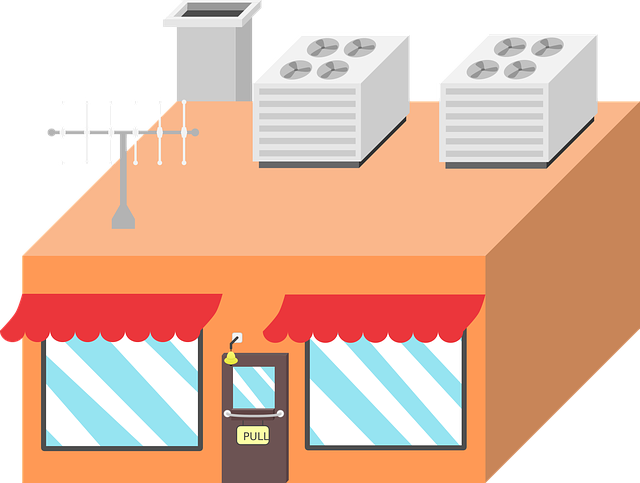Real estate developers and investors recognize that proximity to daily needs like grocery stores, pharmacies, and banks significantly impacts foot traffic and neighborhood vibrancy. Well-planned developments integrating essential services can foster sustained business activity and property value through increased visitor frequency. Accessible locations with diverse offerings, good pedestrian infrastructure, and nearby amenities attract consistent footfall throughout the day, driving real estate success in both residential and commercial sectors.
In today’s competitive retail landscape, the location of a business is more than just an address—it’s a strategic move that can make or break its success. Proximity to daily needs, vibrant neighborhoods, and easy accessibility are key drivers of sustained foot traffic. Understanding these factors in real estate is crucial for businesses aiming to thrive and create thriving commercial hubs. Let’s explore how these elements impact shopping patterns and foster prosperous communities.
Proximity to Daily Needs Impacts Foot Traffic

The proximity to daily needs significantly influences foot traffic in any area, a key factor real estate professionals often consider. When essential amenities like grocery stores, pharmacies, and banks are within walking distance, residents are more likely to frequent nearby businesses regularly. This creates a consistent flow of customers, fostering a vibrant local economy. Conversely, locations lacking such convenience may struggle to attract and retain visitors, leading to reduced footfall.
This dynamic is especially true for urban areas where space is premium. Well-planned real estate developments that incorporate essential services on-site or in close vicinity can capitalize on this natural tendency, ensuring sustained business activity and a thriving neighborhood atmosphere.
Vibrant Neighborhoods Draw and Retain Patrons

Vibrant neighborhoods are a magnet for patrons, drawing them in with their bustling energy and diverse offerings. When it comes to location, real estate that embodies this vibrancy becomes a powerful asset for businesses. The appeal lies not only in the physical attractiveness of the area but also in the sense of community and belonging it fosters. People are drawn to neighborhoods where they can easily access a variety of shops, restaurants, and entertainment options, all within walking distance.
This foot traffic is sustained by the very essence of vibrant communities—a blend of convenience, diversity, and a lively atmosphere. Patrons not only enjoy the immediate benefits but also develop a loyalty to such locations, choosing to return time and again. The real estate value of these areas increases due to this consistent patronage, creating a positive cycle that strengthens the local economy and enhances the overall quality of life for residents.
Accessibility Matters: Easy-to-Reach Locations Thrive

Accessibility plays a pivotal role in attracting and retaining foot traffic, making it a key consideration for real estate investors and developers. Locations that are easily accessible by various means—whether on foot, via public transport, or by car—tend to see more consistent visitor numbers throughout the day. Easy accessibility encourages people to choose these spots for their daily needs, leisure activities, or work commitments.
For instance, a shopping centre situated near major transportation hubs or in walkable districts with ample pedestrian pathways will likely attract more customers. Similarly, residential areas with convenient access to schools, parks, and recreational facilities tend to foster higher foot traffic as residents venture out for errands, extracurriculars, and social activities. This accessibility factor can significantly impact the success of a location, making it a desirable investment in the competitive real estate market.






